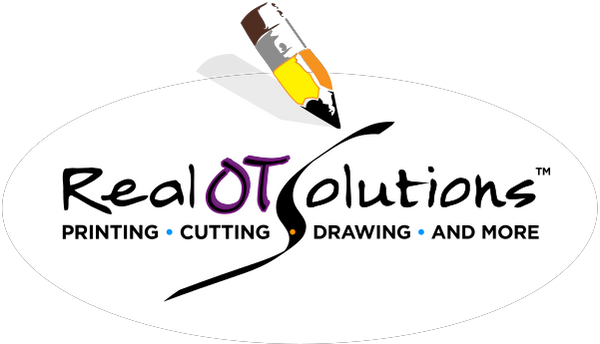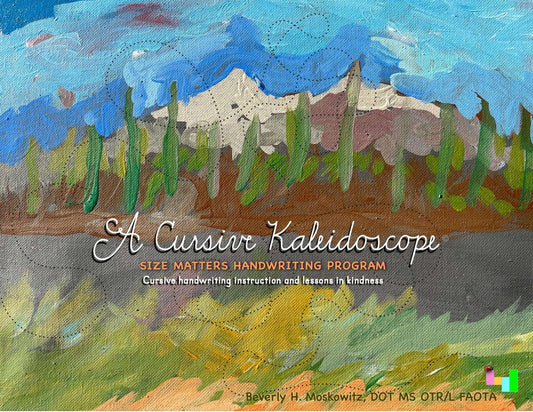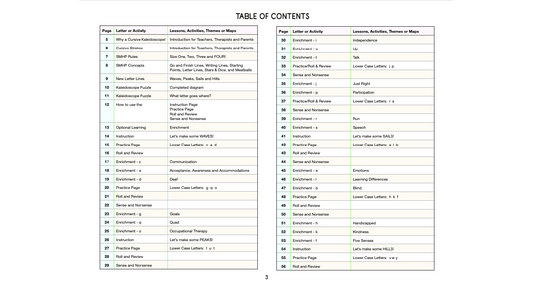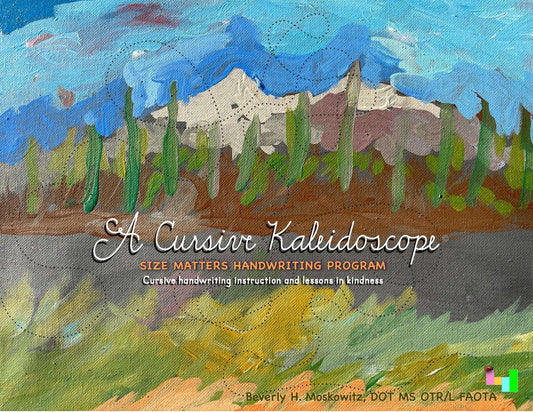Extra Practice for Better Development
Cursive handwriting is not part of many schools' curricula. However, research has found cursive handwriting practice to be a beneficial stimulus for developing brains. Experts in occupational therapy highly recommend cursive handwriting programs as a learning activity.
When teaching cursive, use adapted grade-level cursive writing paper to ensure students can produce letters with the proper proportions and letter lines. Practicing cursive handwriting on special adaptive paper is essential for building motor memory. To ensure competence in handwriting, you should implement constant and blocked practice, as well as random and variable practice. This type of handwriting practice adheres to Motor Learning Theory to help beginners practice penmanship. Eventually, move on to forming these same letters in words of increasing length.
Take an in-depth look at how cursive handwriting practice can make a difference for a child when you explore our workbooks today!
Why Learning Cursive Helps Children
Why so much fuss over the way kids write? Writing affects brain development a great deal. In fact, neuroscience research shows that when kids put pencil to paper, the electrical activity in the brain is highly stimulated, leading to interhemispheric communication in the brain, which is the foundation of memory, problem-solving, and creativity. The lack of cursive handwriting instruction in schools is a missed opportunity for your child!
Resources like the Cursive Kaleidoscope workbook provide opportunities for developing motor memory, improving fluidity of movement, and enhancing script and writing competence. Try our cursive writing practice workbooks to discover fun learning activities like:
- Reading narratives
- Learning fun facts
- Artwork and illustrations
- Solving puzzles
- Exploring challenges and games
Find out what else our workbook offers when you buy it now!
Evidence-Backed Practice for Kids
Real OT Solutions® is all about creating the ultimate fun learning experience for children. Our handwriting resources are all expert-approved and reviewed for the best quality assurance. The SMHP Cursive Kaleidoscope workbook is a keeper! Besides being the ultimate workbook for acquiring competence in cursive writing, it also teaches cursive writing for beginners and includes lessons in various life skills. Have fun and teach essential life lessons with our cursive handwriting practice books!




